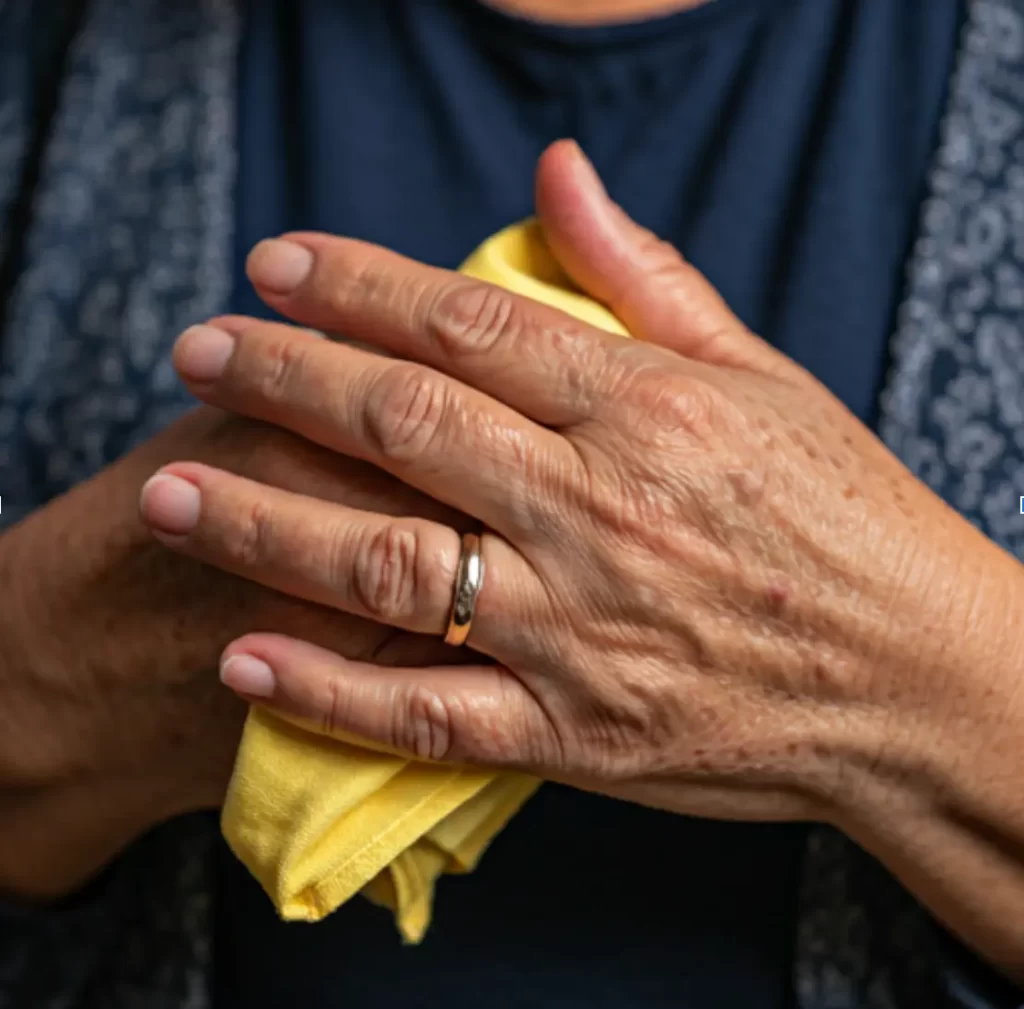By Franklin H. Price
Northeast of the island of Egmont Key outside Tampa Bay, an historic shipwreck rests in the sand. Visitors to the site will find parts of the tug scattered across the seafloor, with the steam engine standing tall, the propeller still attached and boiler fragments scattered nearby. They will see that it has become a haven for fish, including giant Goliath groupers, and other sea life, like sponges, crabs, corals and stingrays. A commemorative bronze plaque set into a concrete monument designates the site as USS Narcissus, one of Florida’s Underwater Archaeological Preserves.
During the American Civil War (1861-1865) the Union blockaded the rebellious southern ports in an operation called the Anaconda Plan. At the time, the U.S. Navy was not large enough for the job, so the government acquired whatever ships they could, even tugboats like USS Narcissus. Outfitted with cannons, Narcissus supported the fleet at the Battle of Mobile Bay in Alabama. During the Union victory, Admiral David Farragut pressed the attack, calling out the famous words, “Damn the torpedoes, full steam ahead!” The torpedoes that Farragut referred to were underwater mines, set by the Confederates to damage Union ships. Farragut’s father was from Minorca, off the coast of Spain. Even today, a hotel on the island is named for the admiral and a statue graces the town square. David Farragut had been raised in a maritime family and for him, Mobile Bay was the culmination of a lifetime’s service to the United States Navy, the apex of a naval career begun during the War of 1812. He was promoted to become the US Navy’s first admiral.
Months after the battle, USS Narcissus hit an underwater mine while setting anchor. The steam tug sank but was raised and repaired. In 1866, with the war over, USS Narcissus was ordered to proceed to the east coast to be decommissioned. With her consort, USS Althea, she encountered a terrible storm off Tampa and both captains tried to bring their vessels into safe harbor. Narcissus struck a sand bar, and while trying to break free suffered a catastrophic boiler explosion that killed the entire crew. USS Althea searched for survivors the next day, but found none. Her remains sank into the sand and were forgotten for more than 100 years until their rediscovery by divers in the 1980s.
In recognition of her contribution to maritime history, USS Narcissus was designated one of Florida’s Underwater Archaeological Preserves in 2015. An unveiling of the commemorative plaque was broadcast live during a dedication ceremony held at the Florida Aquarium in Tampa. State archaeologists produced a brochure, diving guide, and videos that illustrate the shipwreck’s biology, history, and archaeology. The site is interpreted for the public at museumsinthesea.com. The site is protected by law and artifact collection is illegal. Please “take only photos and leave only bubbles.”


